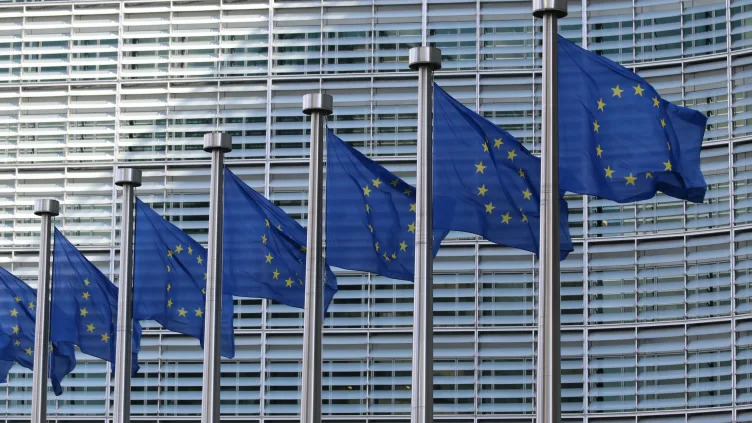EU Expresses Concerns as U.S. Dollar Dominates 97% of Global Stablecoin Market

The European Union is concerned about the growing dominance of the U.S. dollar in the stablecoin market, especially after an executive order from U.S. President Donald Trump aiming to strengthen the U.S.'s position in digital finance. The order prioritizes dollar-backed stablecoins, intending to maintain the dollar’s global leadership. European officials worry that this will undermine Europe’s financial autonomy, particularly regarding the potential for a digital euro.
Piero Cipollone, an executive board member of the European Central Bank (ECB), highlighted these concerns at the 13th ILF Conference in Frankfurt on Jan. 24, 2025. He noted that U.S. dollar-pegged stablecoins currently make up 97% of the global stablecoin market, valued at approximately $215 billion. He also pointed out the EU’s growing reliance on international payment schemes, such as card payments, which are dominated by non-European providers. This reliance, along with the rise in mobile app payments, raises questions about Europe’s financial sovereignty.
In response, the ECB has emphasized the need for a digital euro to protect Europe’s financial and strategic independence. The ECB believes a central bank digital currency (CBDC) would help ensure continued access to central bank money and preserve the role of European banks in the financial system.
Meanwhile, Trump’s executive order is focused on promoting the use of U.S. dollar-backed stablecoins, which are seen as essential to preserving the dollar’s global dominance. The order also explicitly forbids the creation of a CBDC in the U.S., reinforcing the contrast between the EU’s approach and the U.S.’s preference for decentralized financial systems.
The U.S.'s stance on stablecoins and blockchain technology is increasingly at odds with Europe’s regulatory framework. The EU’s MiCA regulation, finalized in December 2024, sets strict rules for crypto assets, including stablecoins. The MiCA regulation aims to safeguard financial stability and consumer protection, especially against risks from non-EU crypto mining activities. This framework contrasts with the U.S.’s more laissez-faire approach, which focuses on supporting blockchain innovation and minimizing the regulation of digital currencies.
While the EU focuses on regulation and the potential benefits of a regional CBDC, the U.S. seeks to foster the growth of dollar-backed stablecoins without involving the government directly in their development. This policy divergence is creating tension between the two regions, with the EU aiming to ensure its own digital currency’s success while the U.S. maintains its dominance in the crypto space.
The difference in approach between the EU and the U.S. will continue to shape the global financial landscape, with both sides pursuing their own strategies for digital finance in a way that could impact international trade, financial stability, and consumer protection.

